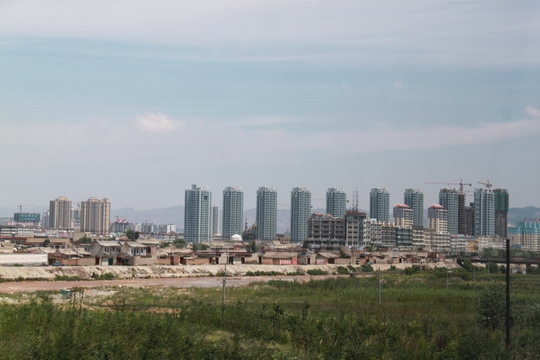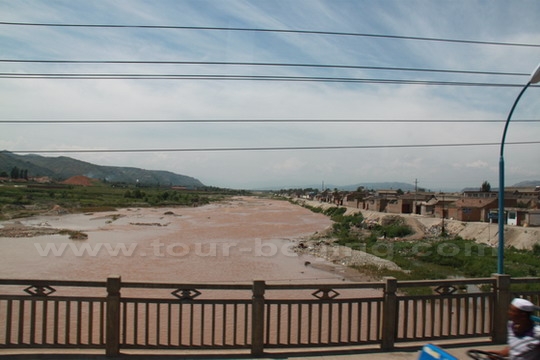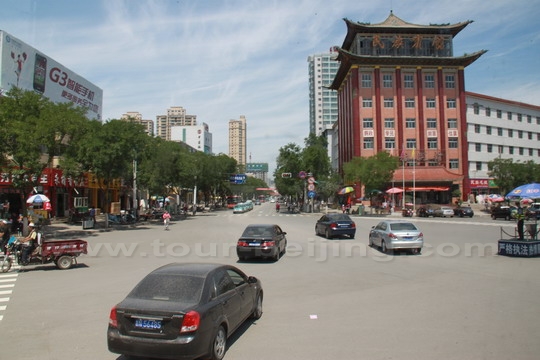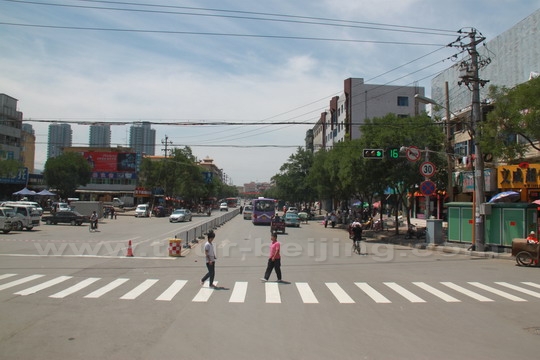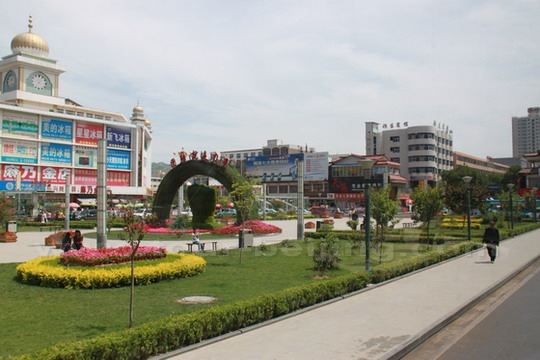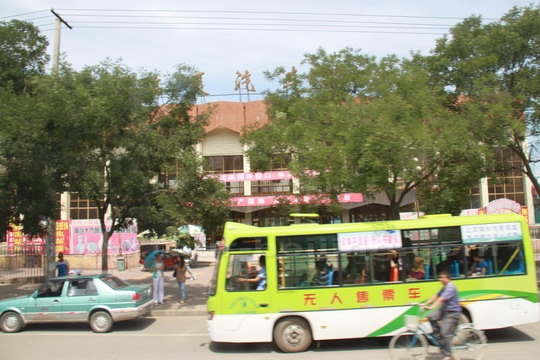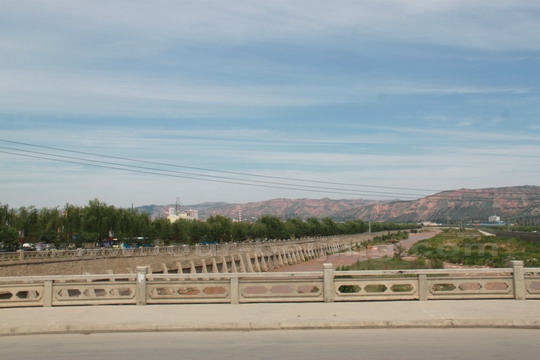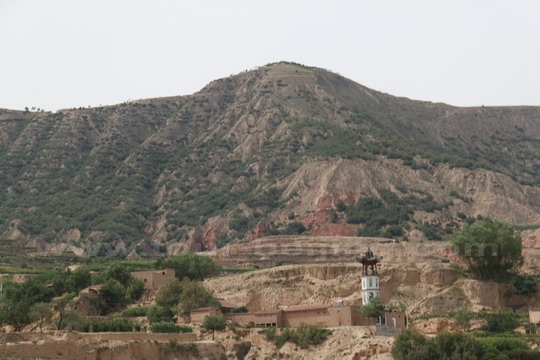Linxia is the seat of Linxia Hui Autonomous Precture of Gansu Province, one of the two autonomous prefectures in China, the other being Changji Autonomous Hui Prefecture. “Linxia” literally means “fronted by Da Xia River”. So the name of the city is taken after the river passing by – the Daxia River, one of the important tributaries of Yellow River.
Linxia is located 140km southeast of Lanzhou, 117km northeast of Xiahe, and 198km north of Hezuo, on the transit zone between the loess plateau and Qinghai-Tibet Plateau. There are in total twenty-two ethnic groups living in Linxia, including Hui, Han, Dongxiang, Bonan, Salar, Tibetan and Tu. The Bonan and Dongxiang are unique to the prefecture and have thire own autonomous counties. Linxia has a population of 1.9 million with ethic groups taking 57%.
Linxia was an important Silk Road passage in the ancient China. The Hui people as well as Dongxiang, Bonan, Salar are said to be the descendants of the 13th immigrants from Central Asia coming through the Silk Road for the trade and culture exchange. Dongxiang, Bonan, Salar speak an Altaic language.
For most travelers, Linxia serves as kinda of transit area to take a break, dining or stay overnight. Aside from viewing the yellow Daxia River, in the downtown of Lingxia, you can visit Linxia Nanguan Mosque, one of the famous Islamic shrines in China’s northwest region first built in the Yuan Dynasty (1271-1368).
47km in the northeast of Lixia City is the famous site of Binglingsi Grottoes in Yongqin County under the administration of Linxia. “Bingling” means “thousand Buddhas” or “ten-thousand Buddhas” in the Tibetan language. Also known as Bingling Temple, the grottoes are carved on Jishi Hill 75 km from Lanzhou. Bingling Temple Grottoes are famous for stone sculptures of Buddhist pagodas in relief and murals of Esoteric Buddhism.
On Auguast 02, 2011, after visiting Labrang Monastery in Xiahe, we started our 258km driving trip back to Lanzhou along the National Highway 213. At the lunch time, we stopped in the city of Linxia for 2 hours for lunch and a brief city tour.
Now we were approaching Linxia, a booming city with plentiful highrises under construction. The yellow Daxia River winds passing by.
We were driving across the bridge spanning the Daxia River, leading to the city of Linxia.
At a crossroad with Linxia Hotel at the front.
One the main street in the city of Linxia.
The heart of the city of Linxia, the most commercial area.
Another main avenue in Lixia.
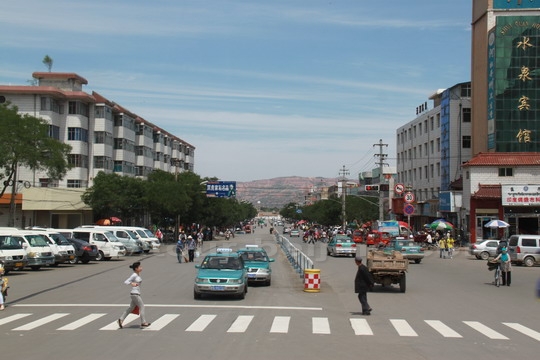
Linxia Long Distance Bus Station
We were leaving from Linxia and said goodbye to the Daxia River.
On the way from Linxia to Lanzhou on the Highway 213, we saw a lot of mosques in the villages of various sizes on the loess.
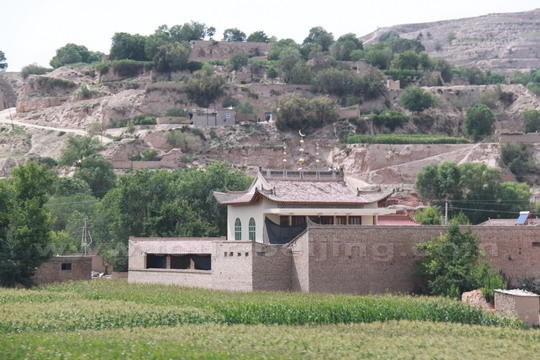
More Mosques






